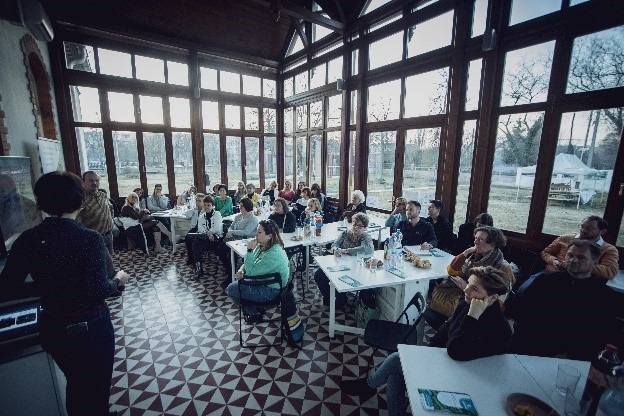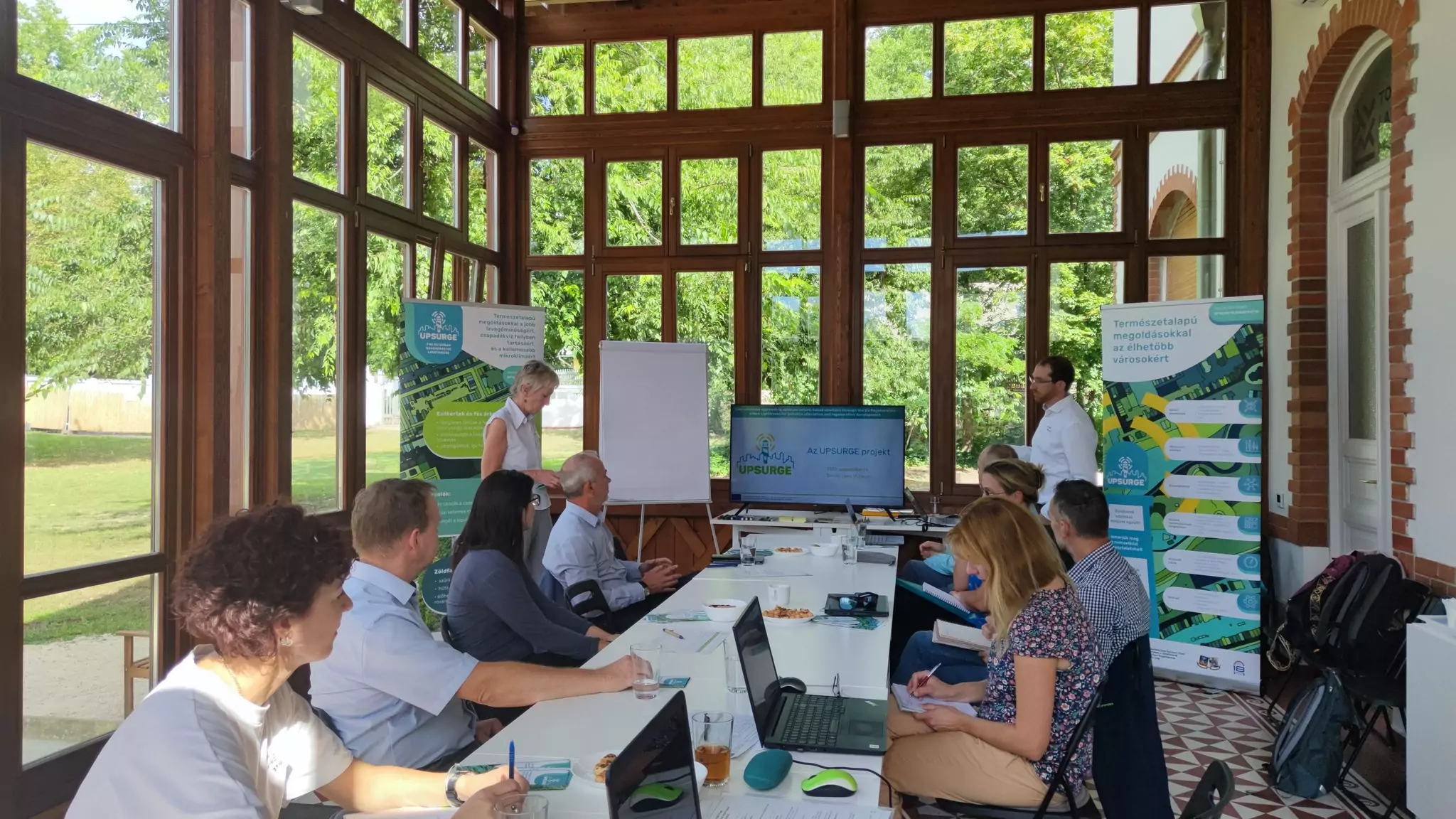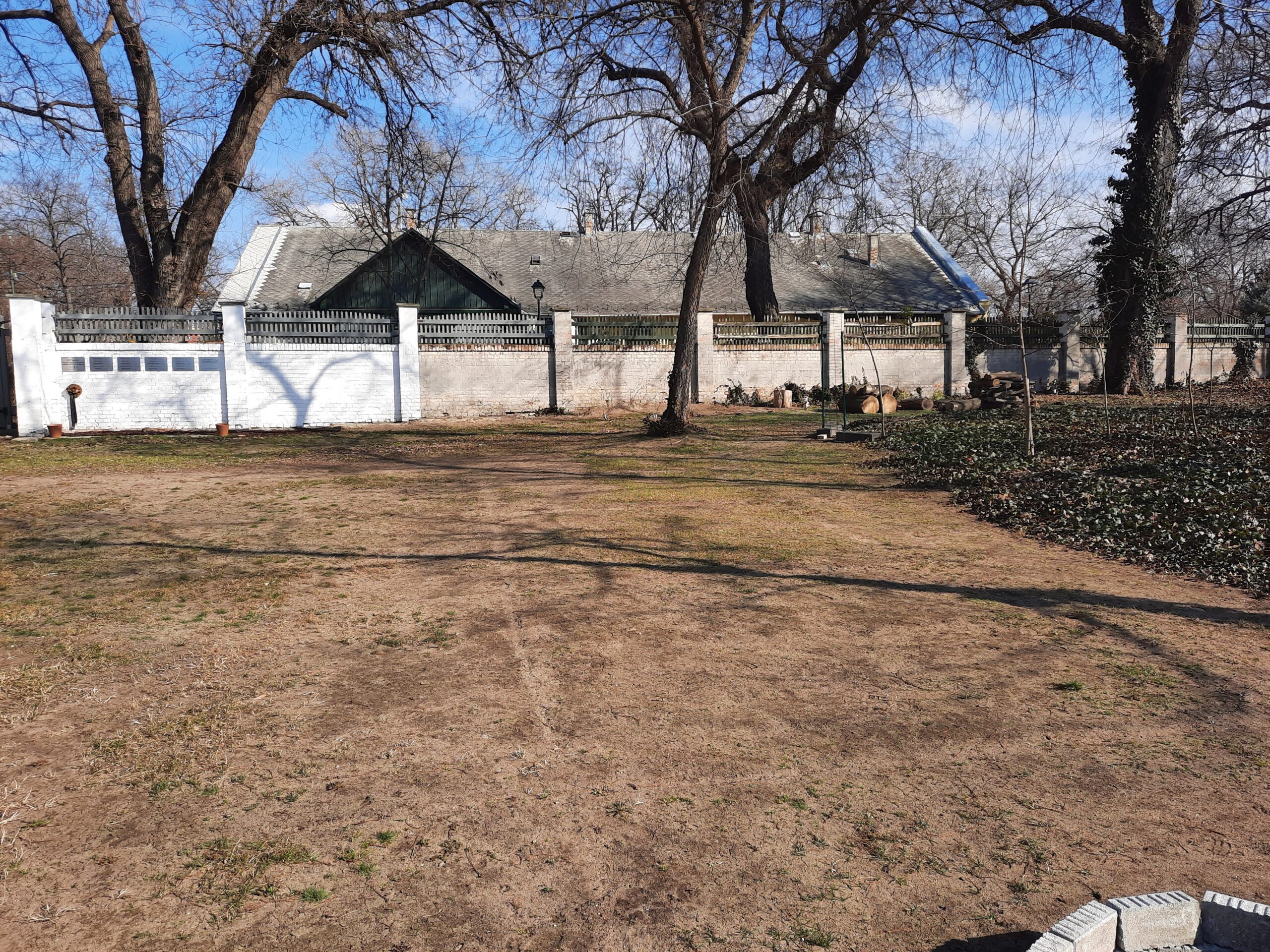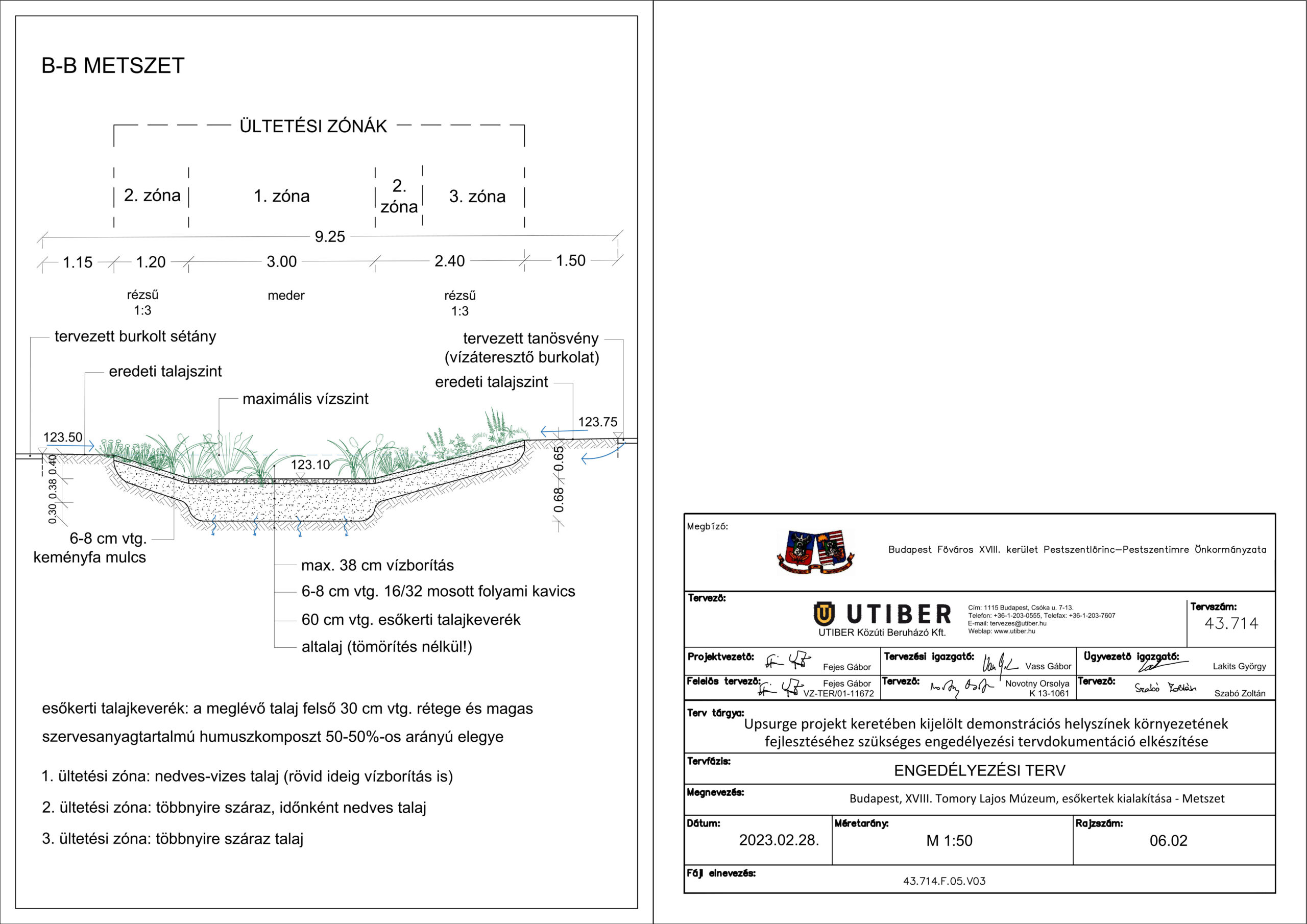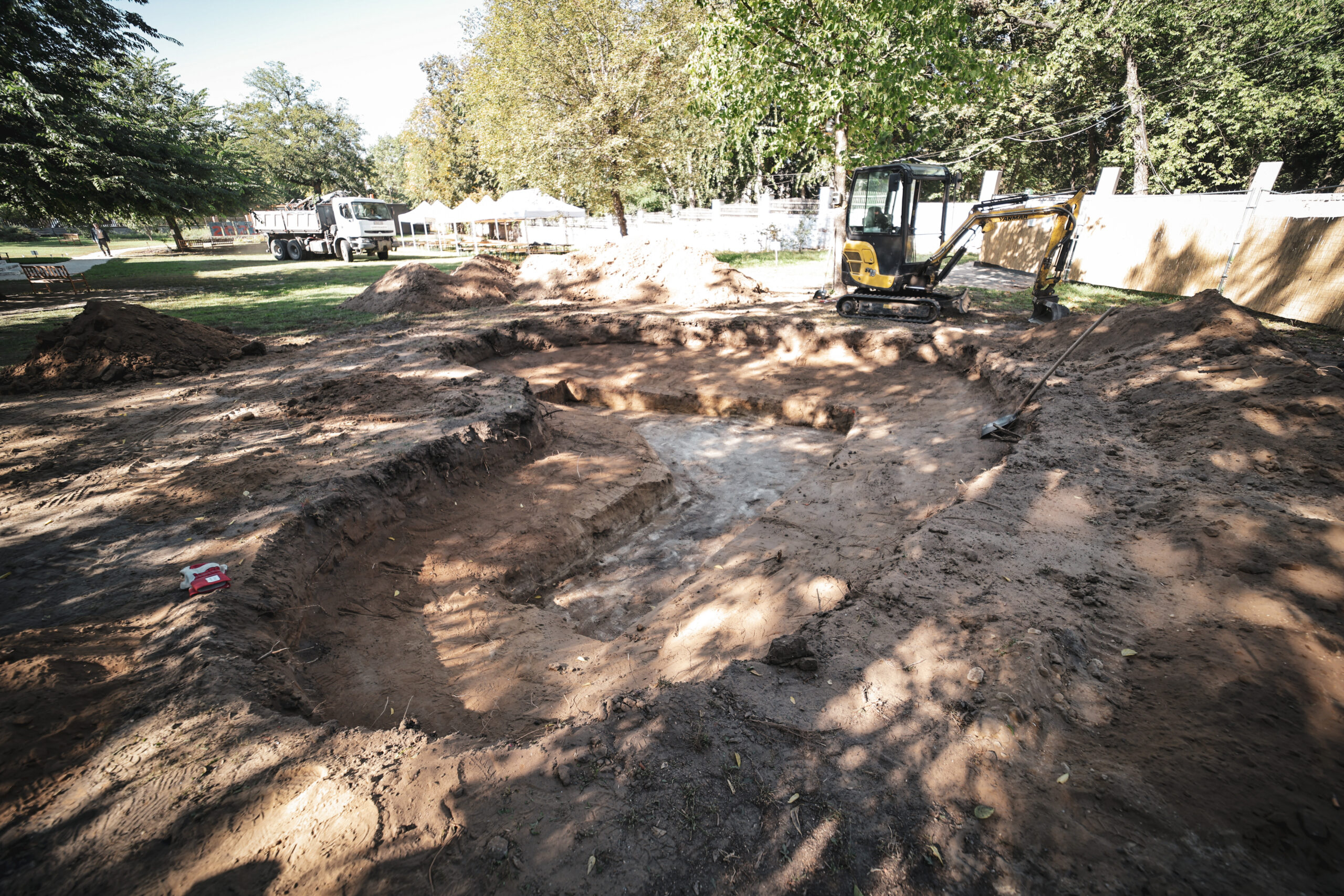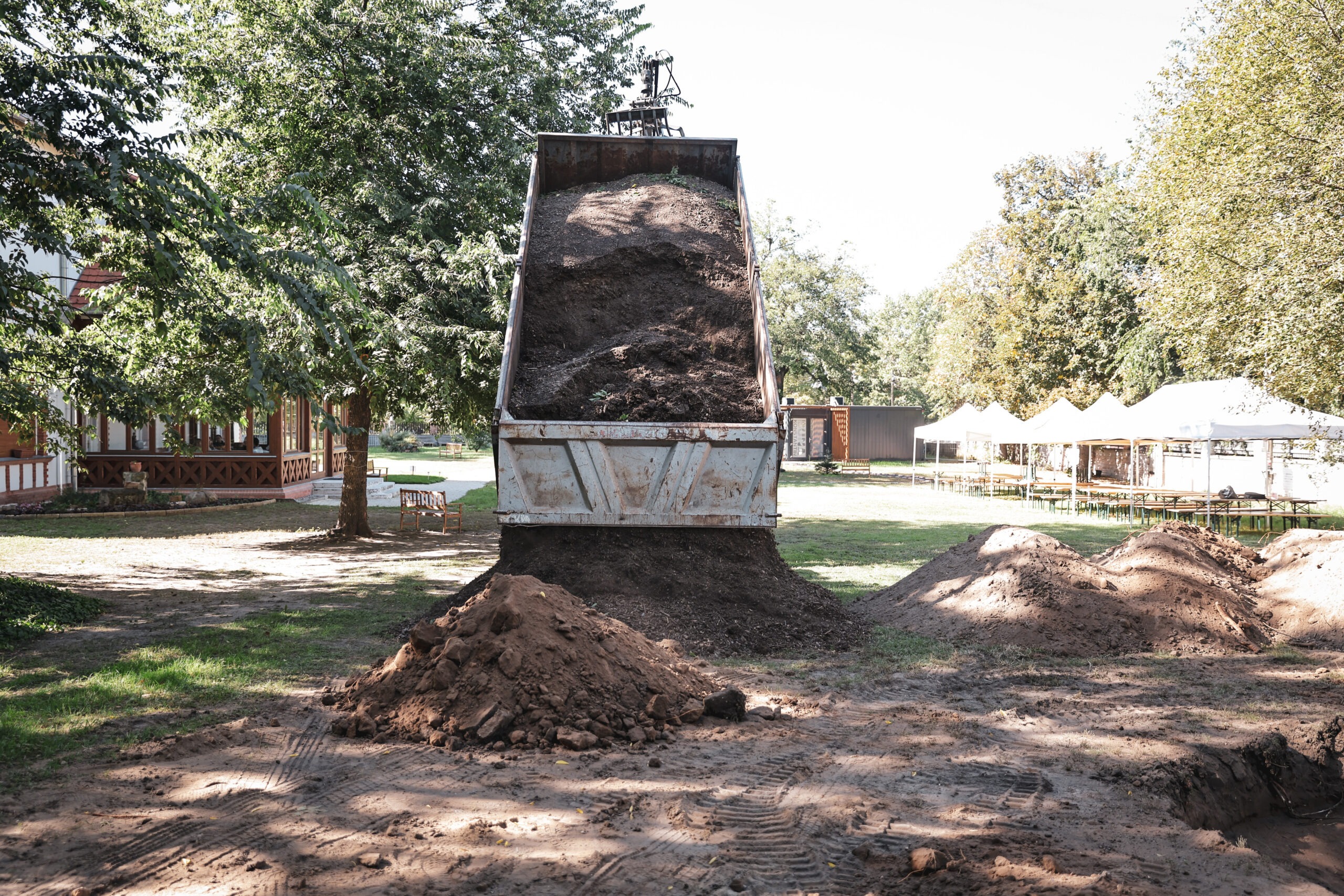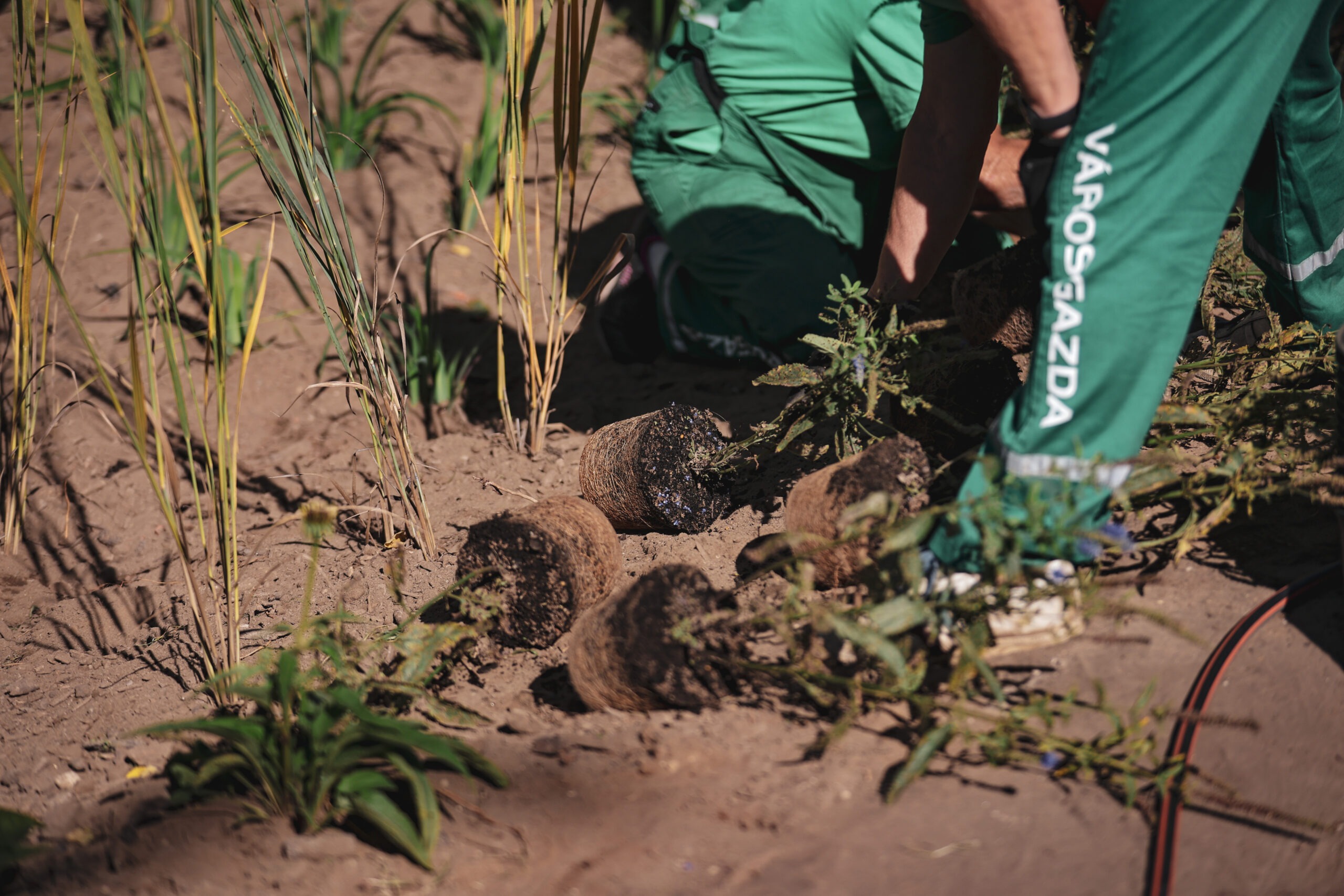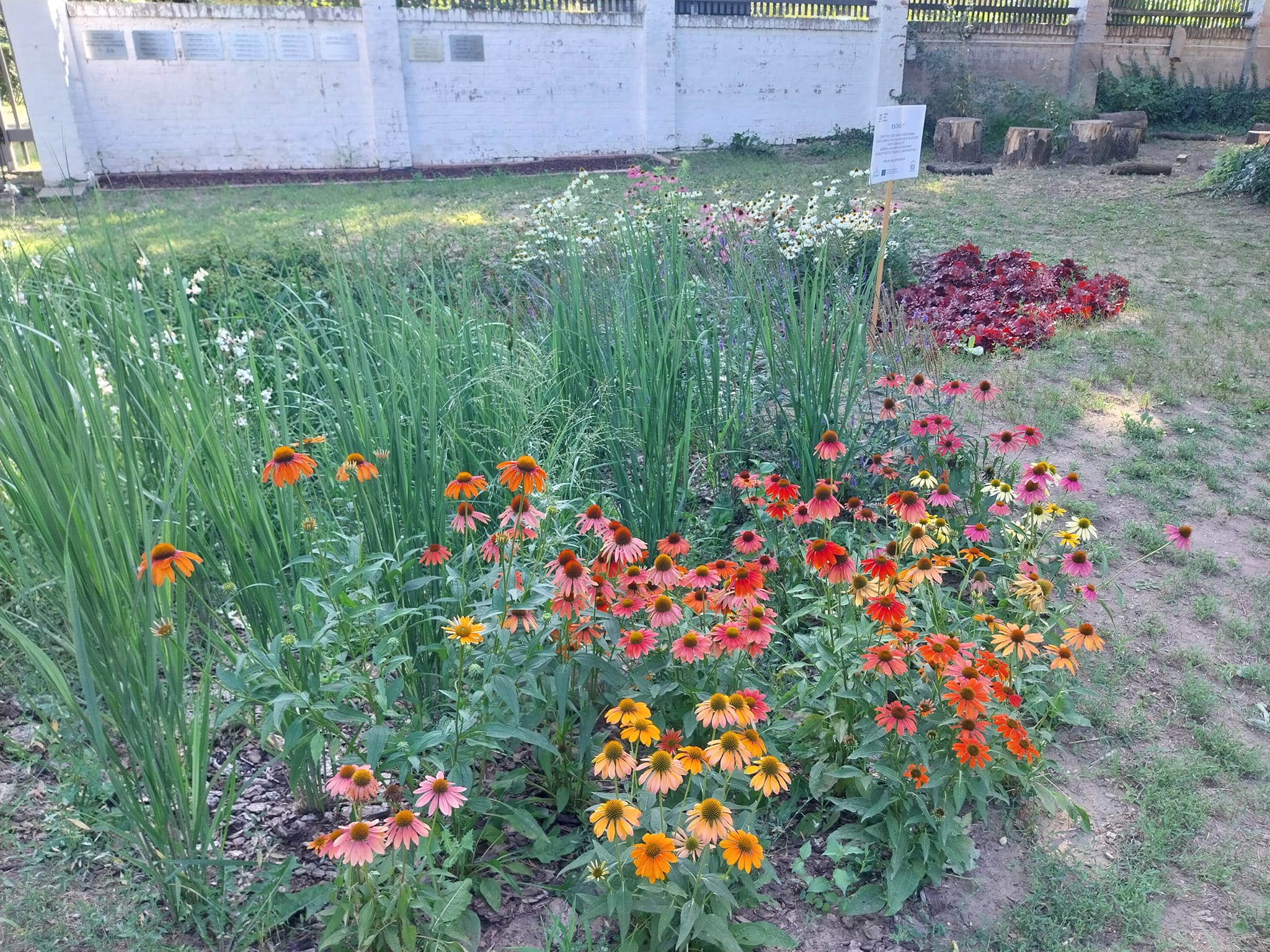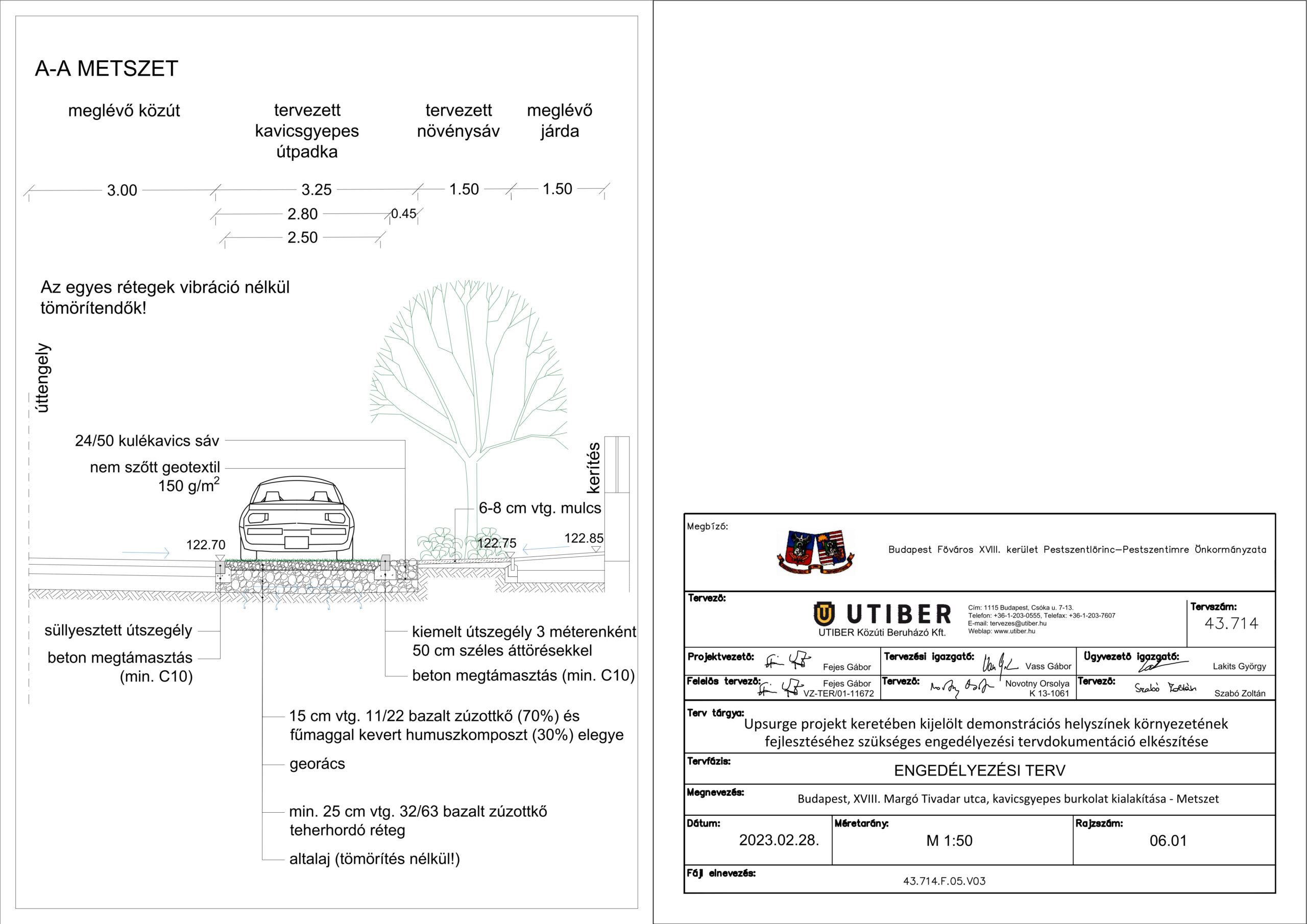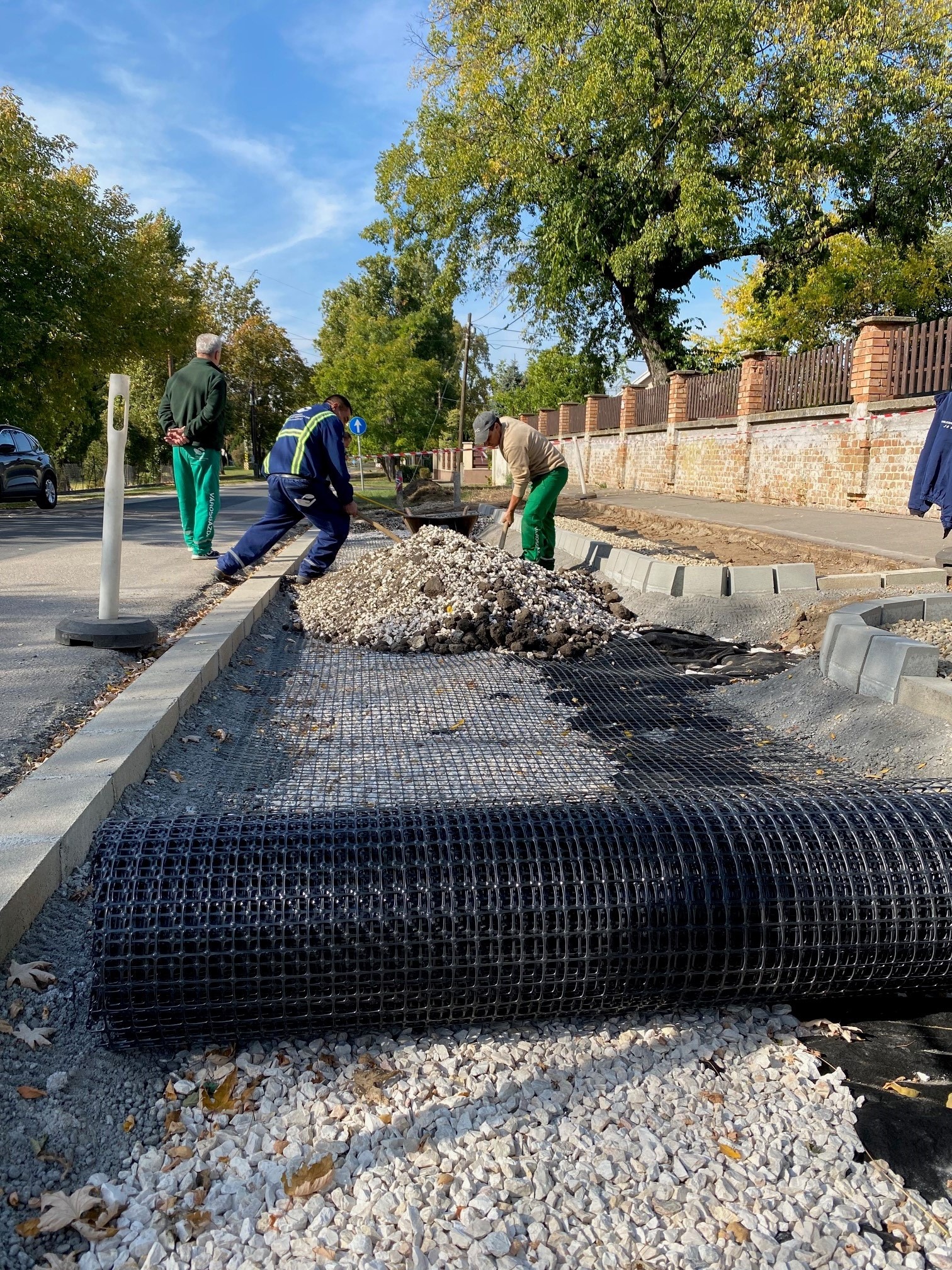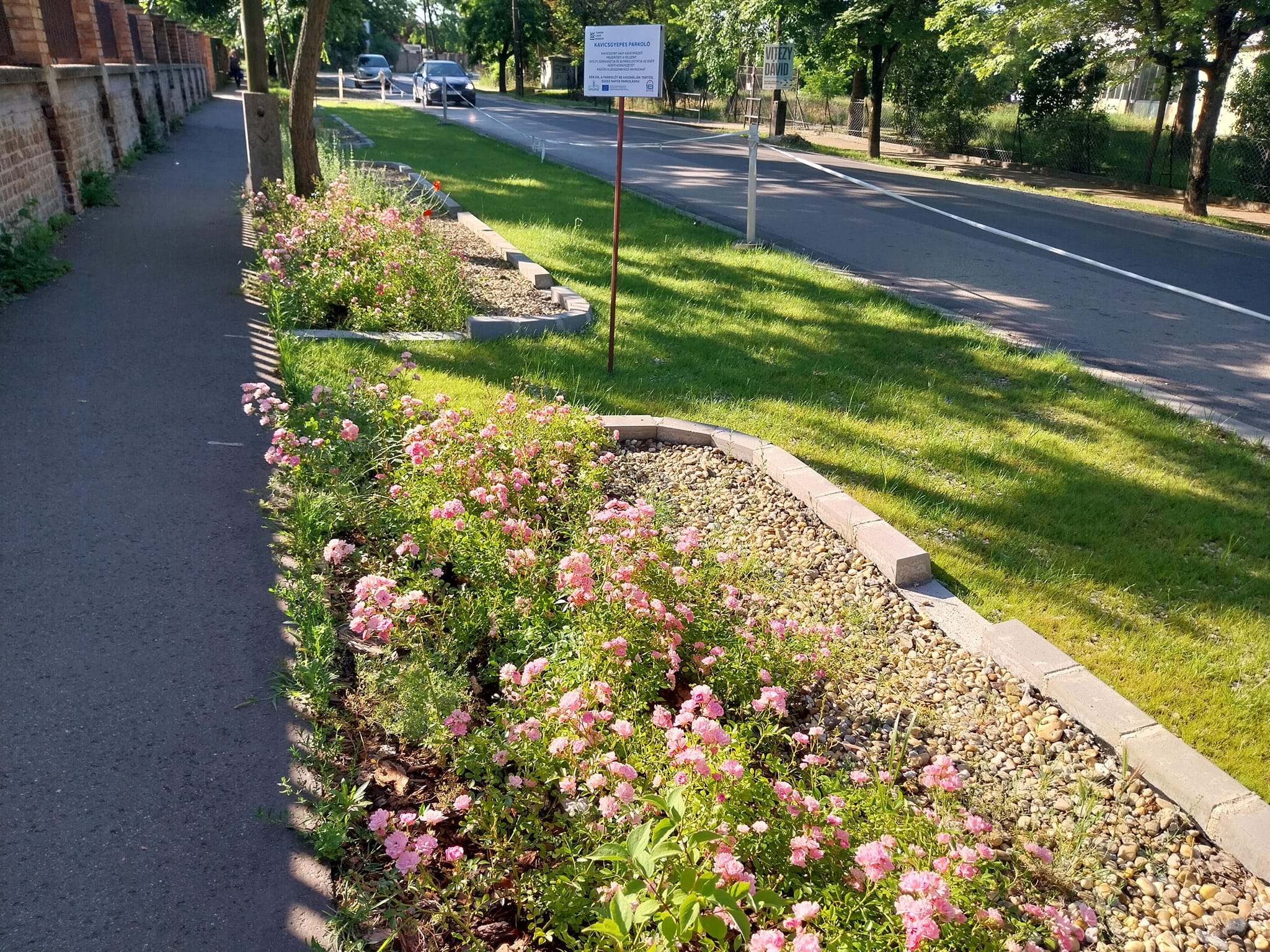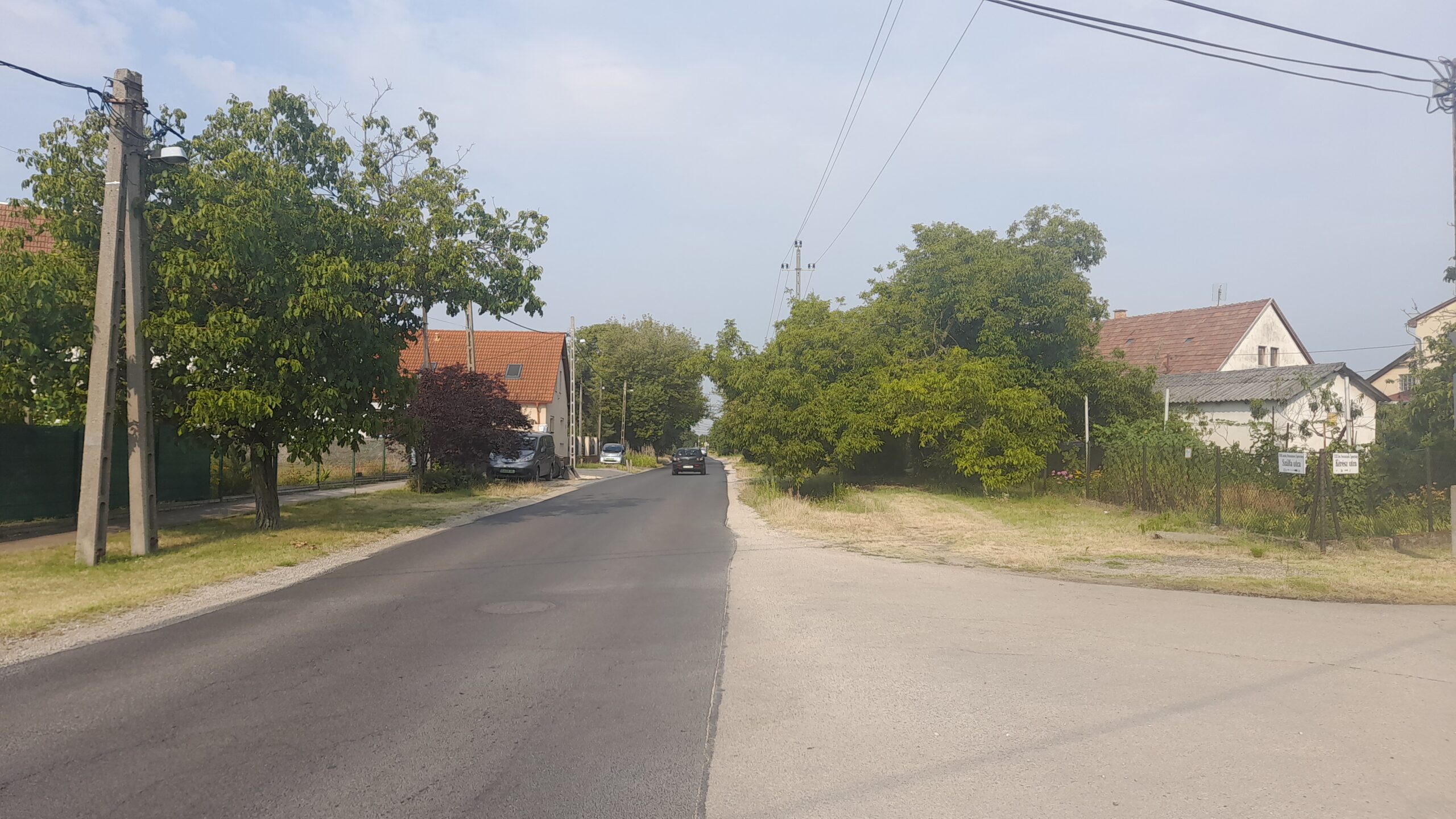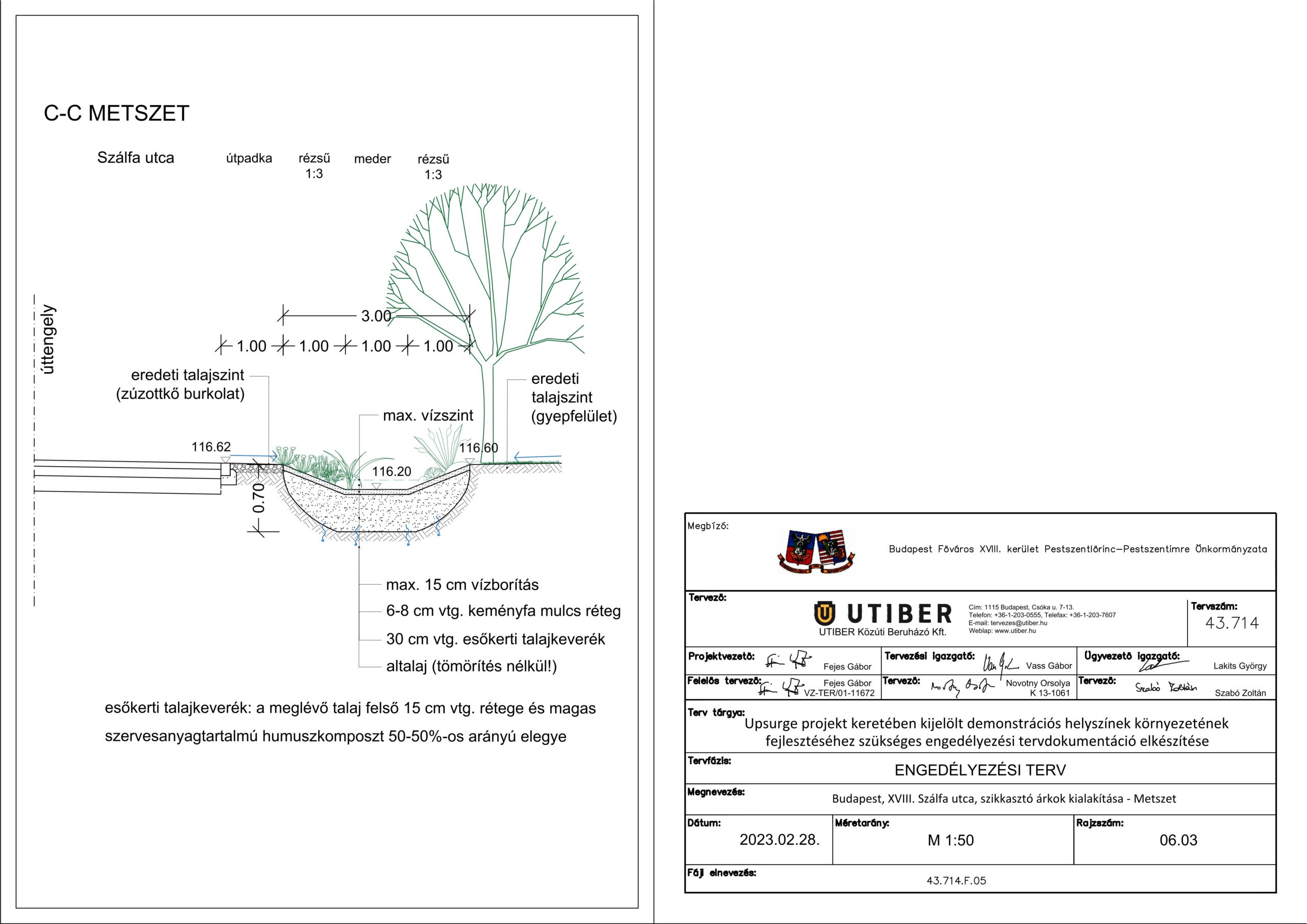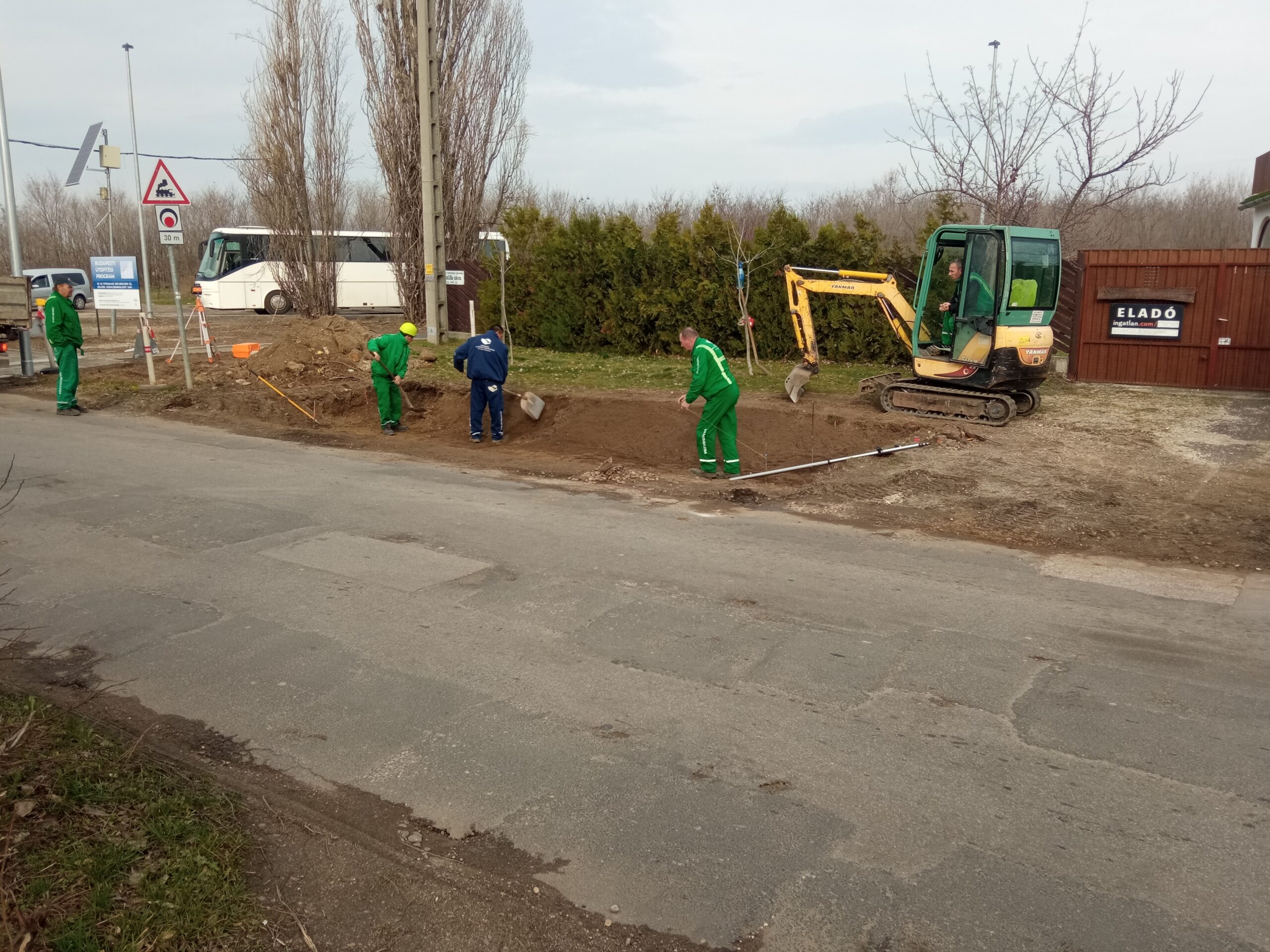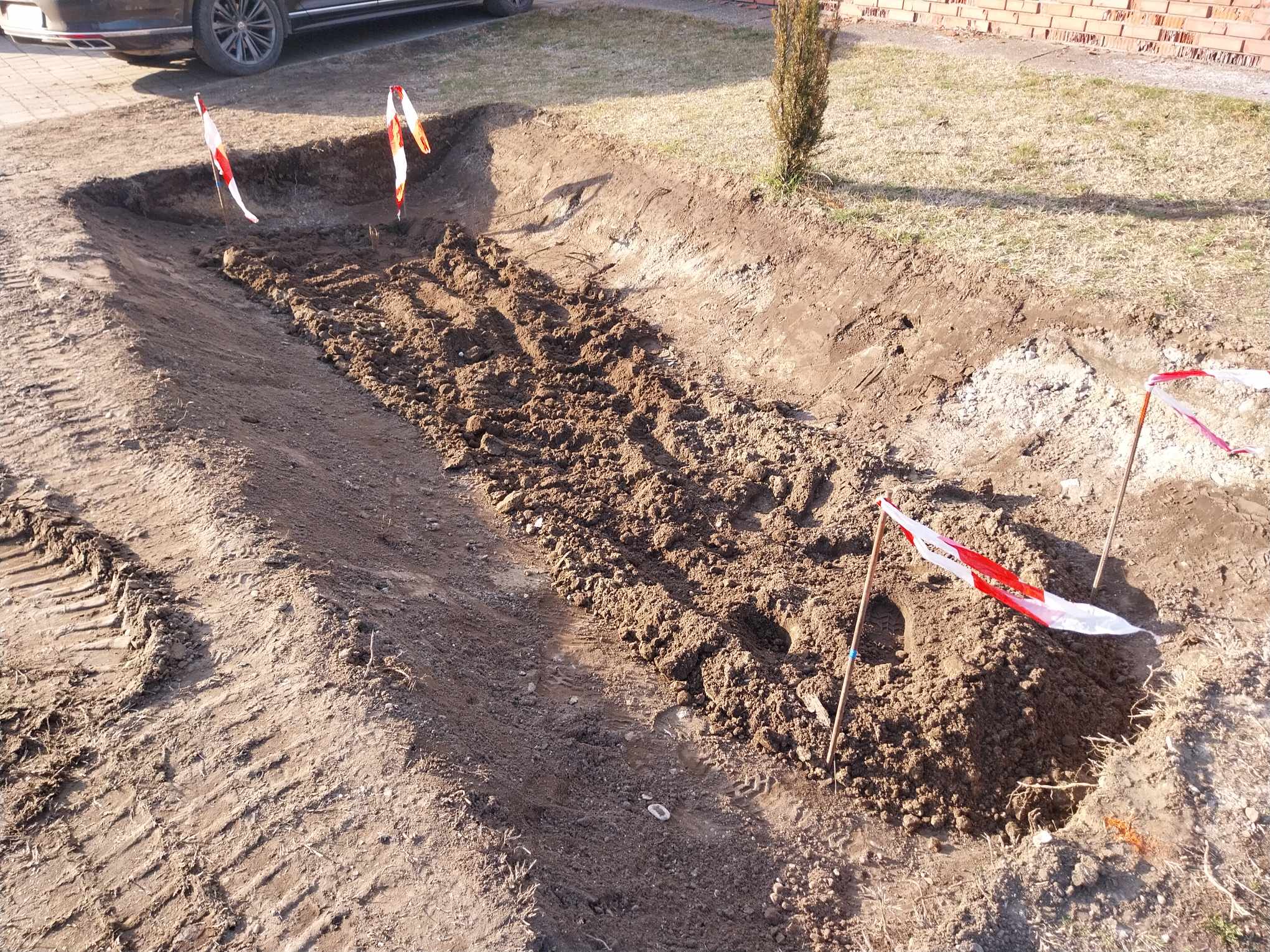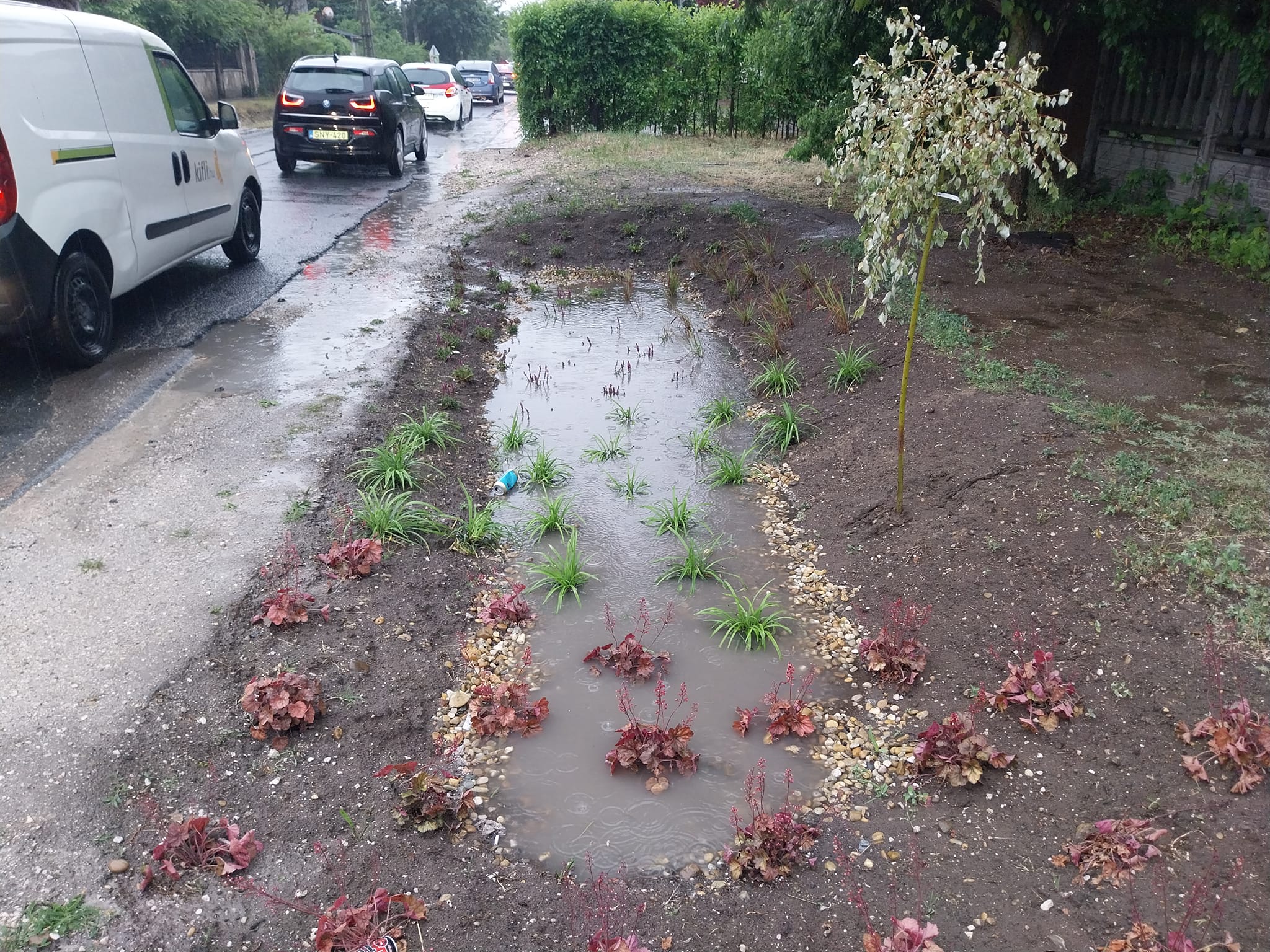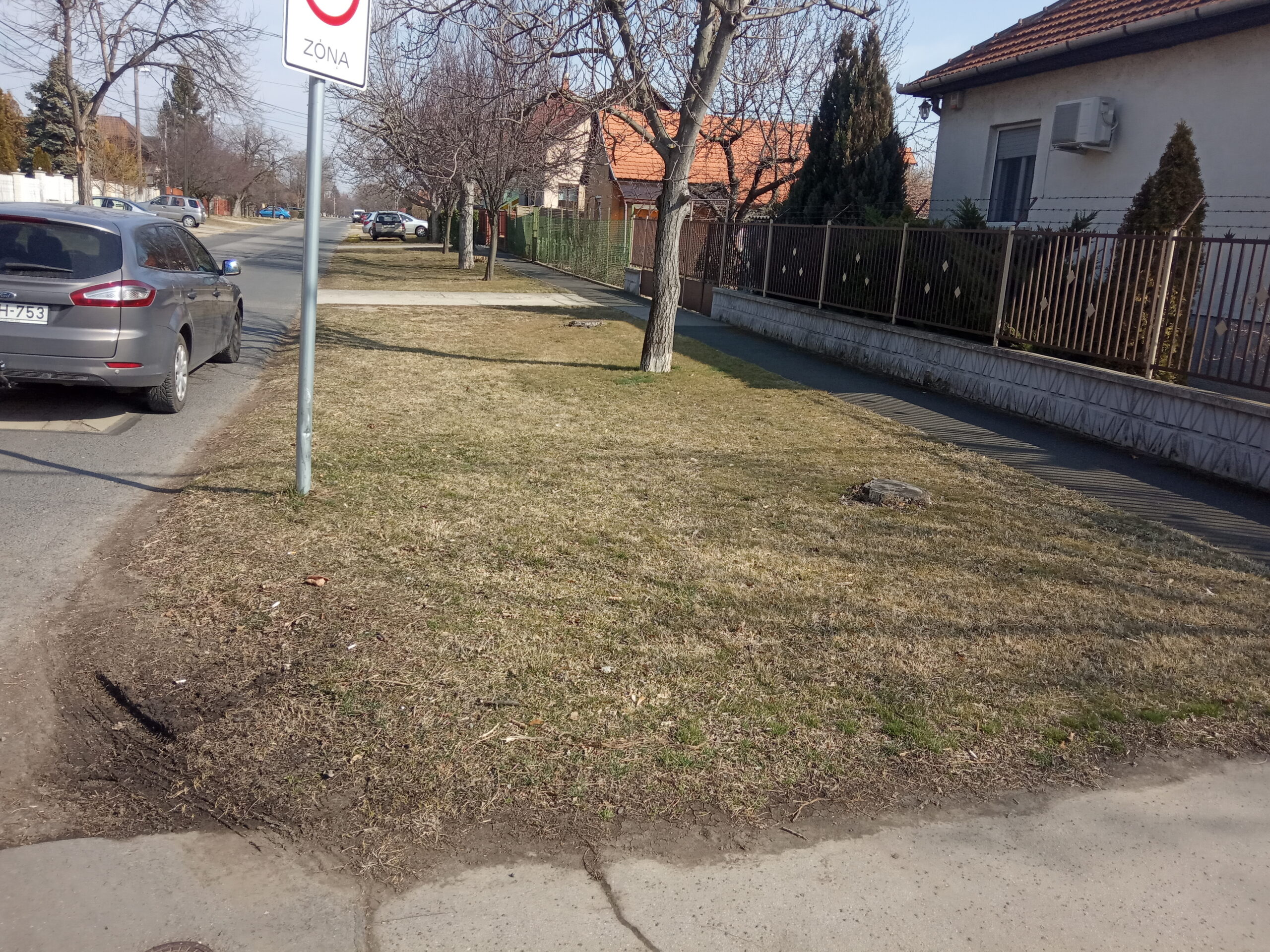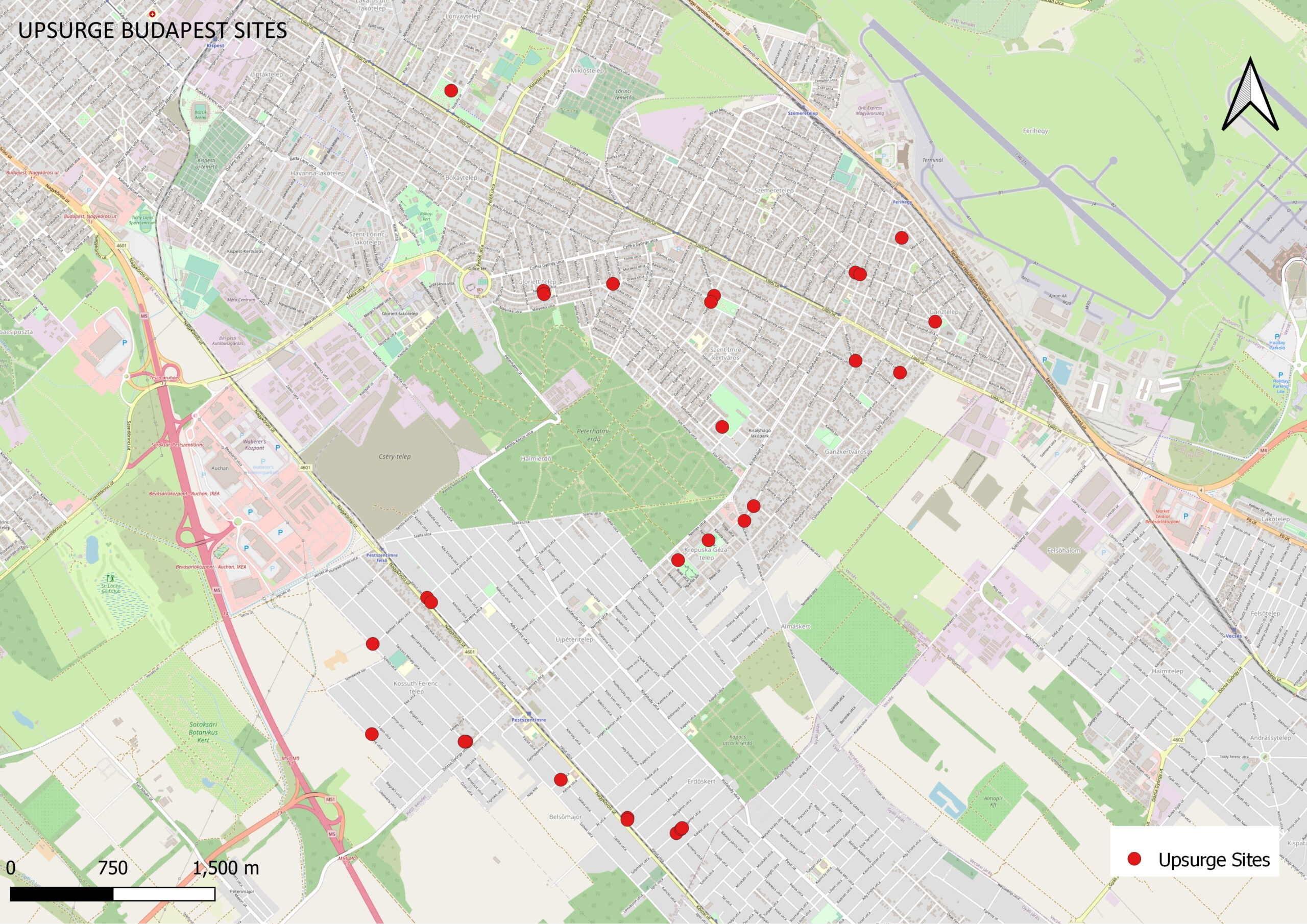Budapest demonstration will deploy climate adaptive gardens
Bioretention facilities, sometimes also called raingardens, are designed landscape sites that reduce the flow rate, total quantity, and pollutant load of runoff from impervious urban areas like roofs, driveways, walkways, and parking lots. Rain gardens rely on plants and natural or engineered soil medium to retain stormwater and increase the lag time of infiltration, while remediating and filtering pollutants carried by urban runoff. This demo has based its initial idea on raingardens as one of a variety of practices designed to address stormwater runoff and has upgraded it with several complementary solutions and modifications in order to achieve climate adaptive gardens that maximize environmental effects also in terms of air pollution reduction and climate adaptability. Complementary, particular mapping and matchmaking of specific plants targeting airport air pollution to be implemented in green roofs, green walls and tree trenches and bioswales will support clustering NBS measures.
Budapest’s 18th district is a mainly residential area, composed in the smaller part by socialist blocks of 10-stores buildings and for the largest part by family houses and smaller apartment buildings.
However, even if there are relatively a lot of green spaces, its air quality situation is specific due to two factors:
(1) major car traffic on its main roads connecting to the city centre, and
(2) the proximity to the Budapest Airport.
Urban flash floods stemming from soil sealing and climate change are increasingly affecting the 18th district of Budapest as well, especially in recent years. Because the soil structure of the area is incapable of absorbing or leading off run-off water properly, no “easy” or one-off solution can be applied effectively. The Municipality prefers to apply NBS for absorbing and retaining excess rainwater and encourages citizens to do so as well. Especially so, as nonchalant and negligent behavior of citizens is worsening the situation: private owners are simply leading their excess rainwater from their property onto the street, where gutters cannot accept them in; or they are covering with asphalt the areas in front of their properties creating parking lots, but at the same time hindering rainwater infiltration.
- Implementing a participatory residential programme for establishing and up keeping 25 private and 25 public climate adaptive gardens.
- Educational and mentoring activities for the establishment of 50+ smaller climate adaptive gardens.
- Installation of specific plant species tested for efficient air pollutants removal in self-sustaining green roofs and green walls, irrigated by rainwater only.
- In a demo street, specific plant species implemented in tree trenches and bioswales for air quality improving, decreasing the effects of contamination coming from the nearness of Budapest airport.
NEW! Follow the Budapest demo storymap
Place Lab in Budapest
The local Competency Group in Budapest 18 was formed in 2023 autumn including members from NGOs, university, local economic actors, decision-makers and citizens. The LCG members co-created the Place Lab activities that started in 2024 early summer online, but most activities will kick off 2024 autumn. The Place Lab activities address local citizens, economic actors, high school students, elderly, city management company. These activities are the mixture of engagement, awareness raising and co-design while we intend to map the attitude and opinion of specific target group members about the innovative urban green solutions in BP18 in order to help the future upscaling of our solutions for the enhancement air-quality and urban climate. Such activities are the thematic high school days, workshop and open call for local citizens with garden to establish municipality subsidized raingardens, site visit for city management companies or the green prescription among many others.
NBS implementation
Raingarden at Tomory Lajos Museum
With an intensive 3 days work, the first raingarden of Budapest 18th district was established in October 2023. After digging the 108cm bottom depth, a special raingarden soilmix was filled to create a moderate slope from the edges to a no deeper, than 40cm middle point of the raingarden. The soilmix contains 50% humus-compost that serves as a sponge in case of heavy rainfalls, nourishes the plants and prevents the compaction. 230pcs perennials on 34m2 were planted, that can tolerate both temporary water cover and dry periods as well, and filter air pollution. Mineral and hardwood mulch was used in 8cm thickness, that retains humidity, prevents weeding and covers surface until plants closes. In the first half year after establishment, both temperature and volume of precipitation was favourable for rooting, so the workers and visitors of the museum could already enjoy the view of the spring and summer blooming of the raingarden in its first year. The experience shows, that a properly executed raingarden with carefully selected plants require minimal maintenance efforts, irrigation is needed only after long dry and hot periods. The implemented sensors confirm, that even after extremely heavy rainfall, the water is infiltrated within 24 hours, and soil temperature is not higher, than 24°C even if the air is 37°C (measured on 09-07-2024), that helps to decrease heat island effect. The raingarden receives the extra water volume, coming from the nearby paved parking lot within the Bokay-garden. This raingarden serves as a flagship site in our Upsurge project, site visits and competency group meetings were organized at this site, and will be the reference for the private raingarden tender.
Gravel lawn at Tomory Lajos Museum
The area in front of the museum is not an official parking lot. However this sometimes dusty, other times muddy area, covered with soil serves for short term parking for the museum visitors and the parents, arriving to nearby school. In November 2023 this 210m2 area got gravel grass cover, divided from pavement with low, ground-covering flowering shrubs. The gravel-grass surface is green, flexible and infiltrates actively, with a bedding created from a 30-50 cm thick crushed stone layer, mixed with compost soil; it is suitable for less frequently used parking lots as an alternative to asphalt or concrete paving stone. (Gravel-grass surfaces are not suitable for long-term parking of cars, because the plant surface needs light to grow.) The special grass seed mix is easy to maintain, while improves air quality, reduces the negative effects of climate change, increases water retention, reduces the heat island effect of pavings and the rich selection of species increases biodiversity. With mid November seeding, the grass started to grow in February, with no need for overseeding later. Considering the dry period, irrigation was started in April, and will be continued in the first year of rooting. Unfortunately the planned deciduous trees were not possible to plant, due to a non-marked high-voltage line, found during construction. However the existing tree was carefully saved.
Treetrenches in Szálfa street
After the freezing winter, the location and excavation of the 7 ditches on a total area of 250m2 could start in February 2024 on a 600 m long section of Szálfa street, where gradient is appropriate for bioswales. This street starts in an escarpment and ends in a multimodal crossroad, where puddles cause difficulties in traffic and air is polluted by cars and trains. The trenches could be constructed on the north side of the street, since a min. 2.5 – 3 m wide area was available there for the construction and widening of the trenches. The gas pipeline runs in the ground on this side of the street, at a depth of 80-90 cm. For this reason, the design of the newly constructed ditches is more similar to rain gardens; bigger plants, trees could only be planted on the edge of the trenches, outside the protection distance of the gas pipeline. In this way, the transformation did not affect the utility lines. The design of the infiltration trench is basically the same as the design of the rain garden, but the planting medium is thicker and the mineral ground cover is more favourable, especially in the deeper part of the trench.
Vegetation was planted in May. Different height was created in and near the trenches, with trees, shrubs and perennials to maximize air cleaning effect. The beds of infiltration trenches were planted with highly tolerant, native, perennial species with dense roots that can tolerate intermittent shallow water cover, as well as drier periods. In the deepest part of the bed (zone 1), plants that can tolerate occasional 10-15 cm of water cover, in the middle, transitional zone 2, plants that generally prefer wet soil conditions, while in the areas near the banks (zone 3), more drought tolerant plants were planted. In order to promote biodiversity, 10 to 12 species of plants (shrubs and perennials mixed) were used in each area, at an average planting density of 6 plants/m². A total of 4 leafy trees, 7 larger, solitary shrubs, and 1,145 perennial plants were planted in the ditches and on their banks. Debry and sludge traps constructed from larger river pebbles and stones will be built soon, to prevent the sludging of the bed, and protect sides from destruction, caused by heavy rains.
Raingardens on 25 public sites
After evaluation of the sites, recommended by local citizens for a public call, 25 locations were selected for small raingarden development. This sites are partly between roads and pavements, partly next to public institutions, like kindergarten or playground, all over the Budapest 18th district, but mainly in Pestszentimre part, as we face there more with infiltration problems, due to clay soil. In design planning phase so called type designs were created for different soil types and light conditions. Typically these will be 1m wide and 4.5-5m long small raingardens, as the space allows. Implementation will start with location and excavation, then will be followed by creation of layers (gravel if necessary, compost-soil mix), and finished by planting and mulching. Drainage channels will be implemented where necessary.
The execution of these public raingardens has been postponed due to priority shift of local and EU elections in Hungary (9th June 2024), but will be continued as soon, as weather condition is appropriate for planting. The execution should be finished by end October.
Raingardens on 25 private sites
To escalate the good-practice of NBS usage in Budapest 18th district, the Municipality will establish 25 private raingardens in residential properties in frame of Upsurge project. Citizens owning detached houses will be able to apply for the tender. Experts will evaluate the sites, if they are appropriate for establishing raingarden (e.g. enough distance from buildings and utility infrastructure, no need for cutting down trees). The aim of the application is for residents to gain experience with raingardens, while the project follows up them. Winners will participate in several activities for the free raingarden (e.g. maintenance, photo documentary, air quality measurements, answering questionnaires, participation in Place Lab activities), giving important feedback to the project. The call will be published end summer, execution is planned for Q4 2024.
Story map website
The evolution of this Demo site is also shown through pictures and small descriptions in the UPSURGE Story map website.






